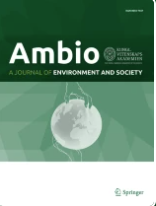- Topic:Multiple stressors and pollutants
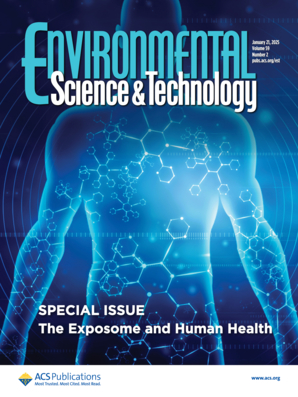
Importance of Attachment Efficiency in Determining the Fate of PS and PVC Nanoplastic Heteroaggregation with Natural Colloids Using a Multimedia Model
Shedding light on dark taxa: exploring a cryptic diversity of parasitoid wasps affected by artificial light at night
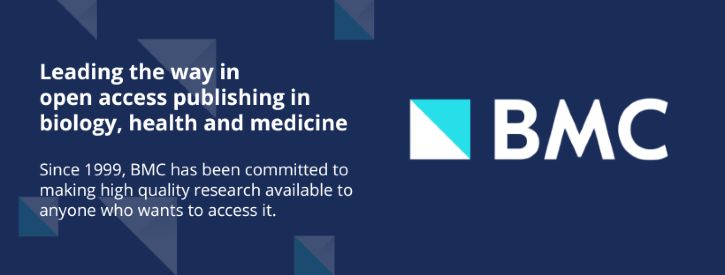
Come to the dark side – citizen science in nighttime ecology
Guiding Aquatic Reptile (Chelonian and Crocodylian) Conservation in the Face of Growing Light Pollution: Lessons From Experience
The paper reviews existing knowledge on how aquatic reptiles, especially freshwater crocodilians and turtles, respond to light pollution and discusses existing mitigation strategies. Learning from measures that have proven effective for related taxa, such as sea turtles, could be useful in setting up initial measures to protect freshwater reptiles against light pollution.

EthoCRED: a framework to guide reporting and evaluation of the relevance and reliability of behavioural ecotoxicity studies
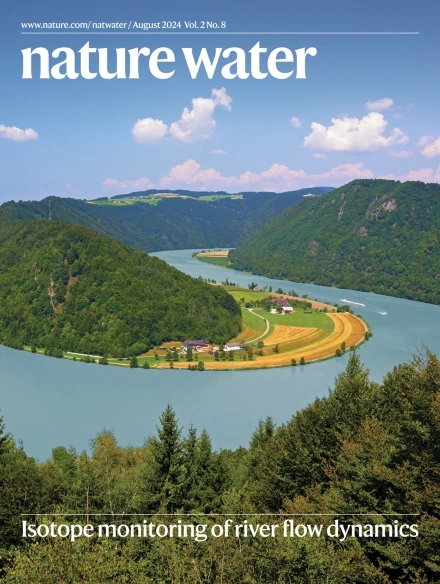
Mixtures of organic micropollutants exacerbated in vitro neurotoxicity of prymnesins and contributed to aquatic toxicity during a toxic algal bloom
This study investigated how organic micropollutants and the algal toxins prymnesins interact as mixtures in water extracts from the Oder River using neurotoxic effects on human nerve cells in vitro. The authors showed that prymnesins dominate the neurotoxic effects, but many of the detected organic micropollutants exacerbate the lethal effect of prymnesins.
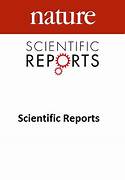
Unpredicted ecosystem response to compound human impacts in a European river
The authors have compiled and analyzed the key environmental factors that led to the mass development of the brackish water alga Prymnesium parvum in the Oder in the summer of 2022. The data synthesis shows how multiple stressors combined to allow an alga that normally thrives in stagnant salt water to proliferate en masse in a completely atypical habitat.

A desiccating saline lake bed is a significant source of anthropogenic greenhouse gas emissions
Desiccating salt lakes are an underappreciated source of greenhouse gases that could become even more relevant as a result of climate change. This study, examining greenhouse gas emissions from the drying lake bed of Great Salt Lake, Utah, calculates that 4.1 million tons of carbon dioxide and other greenhouse gases were released in 2020.
Temperatures and hypolimnetic oxygen in German lakes: Observations, future trends and adaptation potential
A study of oxygen and temperature trends in 46 German lakes showed that temperatures have risen mainly at the surface, but not in the deep water. This led to increased stratification and lower oxygen concentrations. Scenarios showed that these effects of climate change on oxygen content could be compensated by reducing nutrients.
Widely used herbicide metolachlor can promote harmful bloom formation by stimulating cyanobacterial growth and driving detrimental effects on their chytrid parasites
The study investigated the effects of the herbicide metolachlor on host-parasite interactions, using the host-parasite system of the toxigenic cyanobacterium Planktothrix agardhii and its chytrid parasite Rhizophydium megarrhizum. Metolachlor promoted cyanobacteria growth and caused multi and transgenerational detrimental effects on parasite fitness. However, these effects are reversible.




